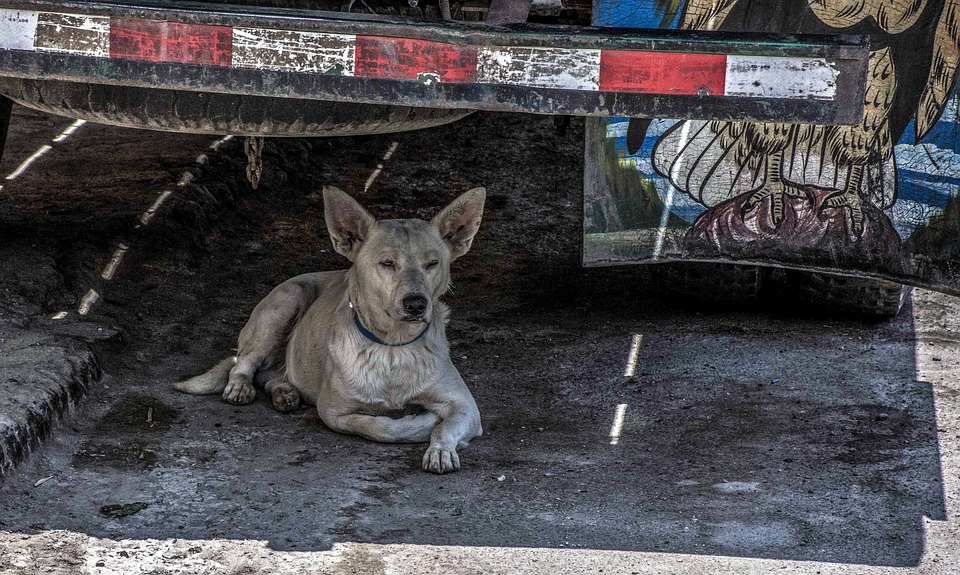French Bulldog breeders surprised the English when they renamed a toy version of the English Bulldog after their own country. The Bulldog had long been a representative of English culture. However, the English had not accepted the smaller version of the Bulldog that the French people came to love. In the 1800’s, toy Bulldogs were exported from England to France. French Bulldog Breeders began to breed specific traits in this smaller Bulldog to distinguish it from the English version. Today there are bullies and frenchies as well as American Bulldogs. All three are distinctive breeds though they share common ancestors.
Bulldog breeders, like most purebred breeders, love the breed be it American, English or French. Bulldogs are not low maintenance dogs, so it takes true love for breeders to dedicate their lives and homes to a specific breed. Each of the three versions has specific health, behavioral and social needs and good Bulldog breeders meet these needs and help potential buyers meet the needs of Bulldog puppies.
Bulldog buyers should educate themselves on general information about Bulldogs prior to purchase. All three varieties, American, English and French, have similar health, grooming, disciplinary and social requirements. English and French Bulldogs have Pug noses and wrinkles. The short muzzle can make breathing difficult and these dogs may develop respiratory problems. They also respond poorly to extreme temperatures and are meant to be indoor dogs. Bulldogs can suffer heatstroke if left in a hot room or car.
Wrinkles and ears should be wiped clean daily to keep moisture and bacteria away. Bulldogs are prone to obesity and should be kept active and taken on at least a daily walk. Larger, American Bulldogs require much more activity to remain healthy and happy.
Bulldogs are social creatures and will follow owners everywhere. It is important for owners to interact with them and show affection. Because of the Bulldog’s history of aggression, any behavioral issues should be dealt with consistently from the time dogs are puppies. Bulldogs respond well to positive reinforcement and tone of voice. Hitting or otherwise negatively reinforcing behavior can be detrimental to this breed. Buyers can ask American, English and French Bulldog breeders for additional specifics on breed care and treatment.
In the world of dog breeding, there are good and bad breeders. It is important for buyers of any dog breed to learn to recognize traits of a bad versus good breeder. The following will focus on French Bulldog breeders but holds true for all types of dog breeder. The following are signs of a bad dog breeder:
-Breeders offer “next day pets”.
-Breeders do not have their own kennels.
-Puppies and parents have not received screening for medical conditions.
-Breeders sell or broker puppies to pet stores.
-Breeders seem to have too many puppies available at one time.
-Puppies are flighty, nervous, and lack confidence.
-Breeders will not allow buyers to visit puppies prior to purchase.
-Breeders lack references and are not certified by any national association.
-Breeders do not ask buyers’ questions.
-Breeders cannot answer buyers’ basic questions about French Bulldogs.
-Breeders offer no guarantee or health warranty.
-Breeders do not know how to discipline, train, or care for French Bulldogs.
You will be sure to get a healthy, happy puppy simply by avoiding breeders with these traits.

No Responses